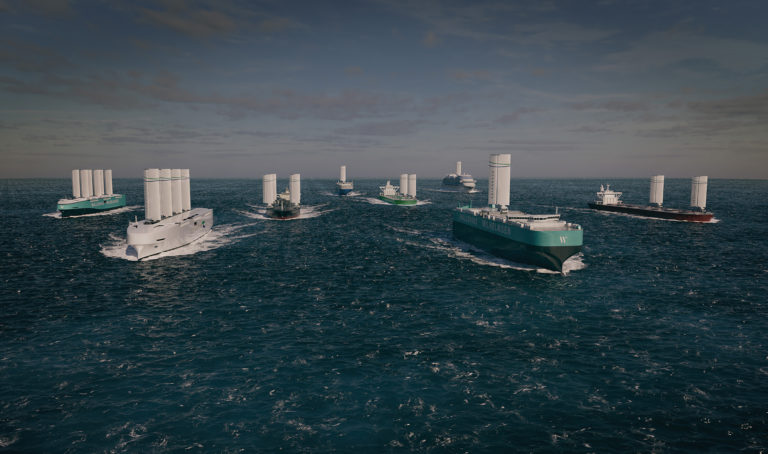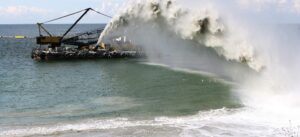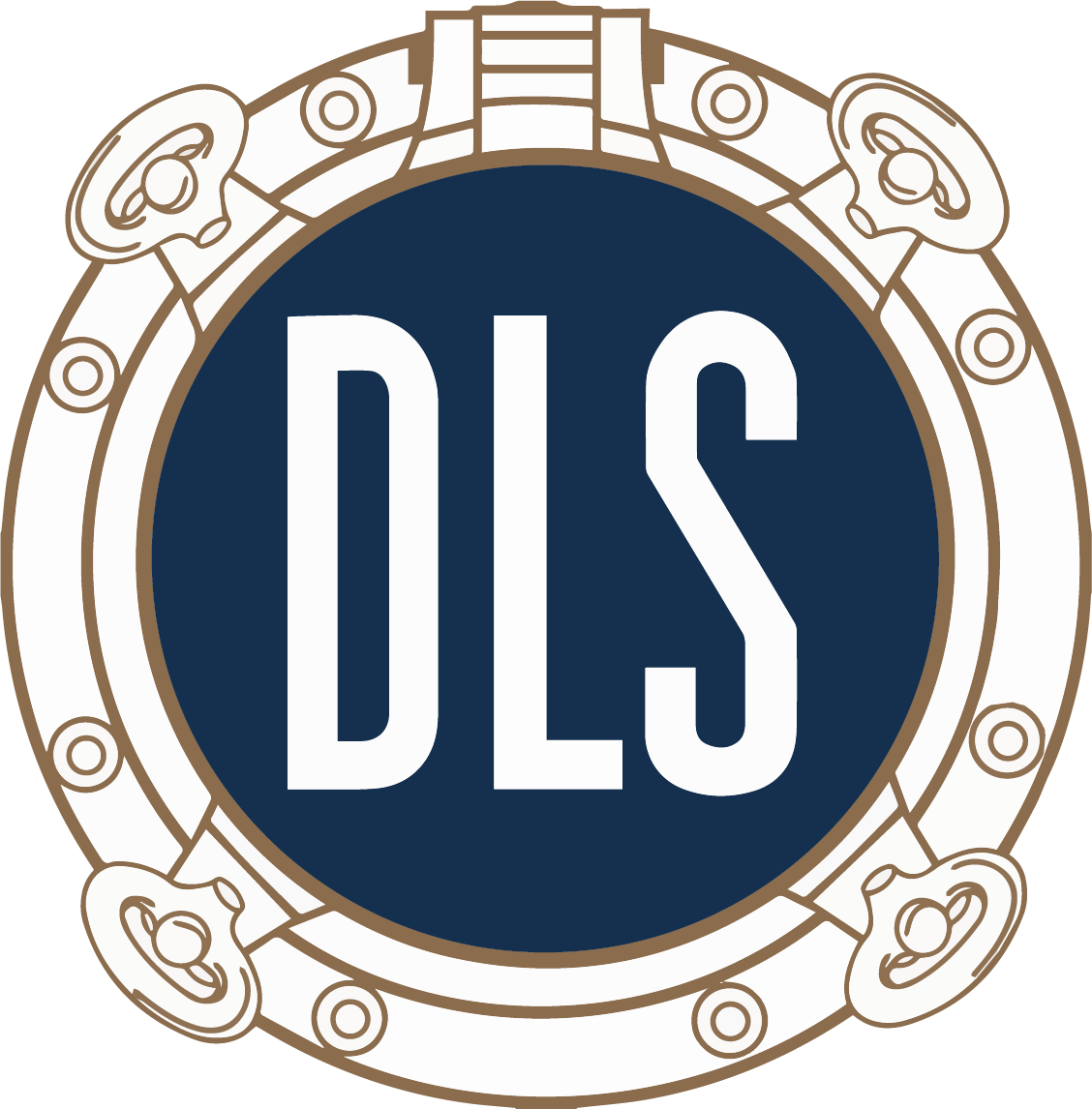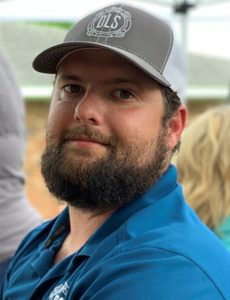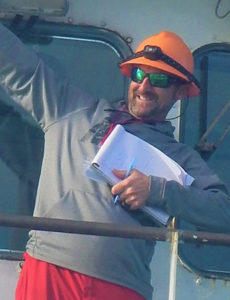- February 6, 2023
- Industry, Marine News
- Skinning A Cat
“Appraisal is not just about data, or the amount of data available, it’s the appraiser’s proper interpretation of what is available that produces a good opinion of value.”
Unknown source
This is part 1 of a 2-part blog that looks at various ways to potentially reach mandated GHG emission levels aside from new construction, and what this new technology means to marine surveyors, appraisers, and lenders.
I have written several blogs on the hottest subject in the green battle: the fuels of the future and how they are being received by ship owners and operators. LNG is still a shaky option because of its current high cost and nowhere near zero-emissions, not to mention there will be easy access to better fuels five to fifteen years in the future. Yet the first phase of the new EEXI and CII regulations came into effect January 1, 2023. In 2023, emission related statistics will have to be gathered, and based on those statistics, the vessel will ultimately receive a grade. After that point, vessels will need to produce emission statistics that will enable them to be in the A, B, and C grades of their CII rating by January 1, 2025 to be competitive; therefore, high on the list for receiving charters from green shippers, and insurance and financing from the signatories of the Poseidon Principles. Those who fail and remain in the lower grade level will have to produce a plan on how they will reach an accepted grade. Those with a grade of D have three additional years to comply, while those with the lowest grade of E will have one year. Non-compliance could mean lack of employment or even loss of certification.
Lenders on older ships may rightly be concerned if their asset will have an acceptable market value in five years. While this regulation is from the IMO and involves all vessels over 5000 gross tons, the GHG emissions trickle-down will have some effect in all markets.
Presently in the U.S., the ports of Los Angeles, Long Beach, and Minneapolis have passed some type of Ship It Zero resolutions. This will be pushed by the nineteen members of Cargo Owners for Zero Emission Vessels (coZEV). Among the nineteen companies are Phillips, Target, IKEA, DuPont, Michelin, Unilever, and Patagonia.
This blog will look at emission reduction options that are not only available now but are less expensive than new construction or retrofitting dual-fuel engines and can be retrofitted at a more reasonable cost and time frame than new construction. Some of these options may be attractive to any operator’s budget. With new fuels will becoming more mainline in the next five years, biofuel costs are expected to be from 2.5 to 4.0 times more expensive than present fuel costs.
The major non-fuel options in the basket are as follows:
- Slow steaming
- Wind power and types
- Weather route planning
- Optimized hull, rudder and propellor shapes
- Hull vanes
- Hull coatings to reduce drag and prevent bio fouling, air lubrication.
- Propulsion drive train products; power takeoffs; waste heat recovery
- On board computerized power management
Slow Steaming
Slow Steaming is the prime option for everyone and has been in use for years to reduce fuel costs and to increase tonne-miles. If ships are moving slowly on a voyage, it will take more ships to deliver the same amount of cargo. While it seems to be a no-cost way to drop a vessel’s GHG emissions by saving on fuel and its costs, it is not something that makes brokers and charterers happy. On a daily rate, why pay for a ship that takes twenty days to deliver your cargo when you can pay the same or a bit more for a 15-day voyage? The more voyages made, the more cargo carried, the more income earned.
With the pressure of CII, owners/operators may want to mix in a bit of slow steaming while charterers and brokers are now trying to produce charter parties that spread the additional time costs among all that benefit by compliance. This will be a major problem for time charterers. For small owners on the edge who cannot afford upgrades, slow steaming may be their only way to get a few additional years out of their vessel(s). Lenders should be aware of an owner’s plan for CII compliance and if they have the funding to carry out the plan. The plan will be recorded in “Statement of Compliance”, a part of the ship’s Ship Energy Efficiency Management Plan (SEEMP).
Types of Wind Power
Wind power has been growing quickly with different designs and actual installations. The rotor sail was invented by Anton Flettner in the 1920’s and the use of the Japanese wind propulsion sails were introduced during the high fuel prices of the 1980’s.
The use of wind assist has been installed on vessels that are on standard runs in the Atlantic and Pacific that generally match the trade routes of the sailing ship era. These are routes where the prevailing, or trade winds, are common. A source connected with the wind assist industry states that, to date, there are currently fifty ships in the world with wind assist capabilities and another fifty being built for delivery by the end of 2023. As of now, the reports of fuel savings have been from interested parties and have been based on very specific ships and routes.
Rotor Sails
Rotor sails are vertical pipes, somewhat like the shape of the cardboard center of a roll of paper towels. They are of various diameters ranging from 18 to 35 meters (35’ to 155’) in height. When the sail is set spinning by a low horsepower source, it produces what is called the Magnus effect. This is somewhat like the lift effect of an airplane wing where, in this case, the lift helps push the hull forward allowing main engines to be throttled back. Fuel savings and emissions have been proven to be reduced between 5% and 20%; although, this savings varies greatly with the size of the ship, its desired speed ,and, particularly, its routing. The first test runs were done with a single rotor but now vessels are being fitted with up to four rotors in varied configurations.

You can see that the height of these rotors can be a hinderance in some circumstances when handling cargo. They can be used on some tankers, possibly car carriers, and on some bulk carriers. There are already designs where the rotor is hinged at the base and can be mechanically laid down to allow passage under bridges and clear shore cranes and unloaders. The use and control of the rotors is through manual or computerized bridge controls.
Sails
Technologically, there are too many variations of sail power to list. They run from a single mast on the bow with a single square sail, to three to four masts in line with single, or three to five multiple square sails, looking a bit like something out of the 1800s. The sail material varies among hi-tech synthetic cloth, synthetic materials such as polymer composite, fiberglass or carbon fiber hybrids, and Michelin’s inflatable wing sails. The taller masts can be telescoping to reduce sail and some masts can also be folded. Some of the sails have furling mechanisms. There is one design where the masts are all on one side of the ship so that they won’t interfere with cargo operations.
These systems can be computer controlled and many of the designs use a form of the balestron rig which is a 360-degree pivoting mast/boom hybrid. A new Ro-Ro vessel is being built with two of these types of sails. For this vessel, the first mast has been built of carbon fiber, is 260’ high, and weighs twenty tons. The engineering involved for all these new designs is amazing. On the other end of this technology is a Chinese design that is smaller and simpler and somewhat resembles the Chinese junk sail design. However, this simplicity of size and design comes with a reduced fuel savings estimated to be about 4%. These hi-tech sail systems can produce a reported savings in fuel costs of 5%-20% similar to rotor sails.
About a year ago in a blog on fuels, I noted LNG was ahead in the alternative fuel race. It is still ahead, but with the cost of LNG and its methane by-product it is losing ground. Some say that wind assist has moved up to second place and will be the focus in construction and retrofitting in 2023. This is a comparatively easy solution while the industry waits for infrastructure to be built for the desired alternate fuels methanol and ammonia. Even then, sail assist can reduce consumption of those fuels.
While these systems can help the vessel on which they are installed reach a better CII rating, it is possible that, considering building and maintenance costs, the more complex systems may not provide overall expense savings over the next five to ten years. However, they may have served their purpose by providing desired GHG emission levels and a reasonable operating cost while awaiting wider access to the new fuels.
Kites
Kites used for ship wind assistance are the simplest and least expensive of the wind assist systems. While called kites, they look much more like parasails. They are stowed on the bow of the ship and, in favorable winds, are deployed via a synthetic line and a winch. It has been found that an effective height for kites is about 180 meters (600’). Unfortunately, when launching or recovering a kite, there is a tricky area just off the water where the motion of the ship and air current coming off the sea and ship put an additional strain on the system. Therefore, the bow winches used in the system are similar to the heave compensated cranes used offshore so that the winch automatically reacts to tension on the kite line. An Airbus subsidiary, AirSeas, uses kite assist on four of their vessels. Again, reported savings can be up to 20% depending on the size of the ship, its desired speed, and its routing.
As you can see, it may be possible to reach mandated GHG emission levels by harnessing the power of the wind and seas. Next, I’ll discuss additional technology on the table and what all of this means to lenders, appraisers, and surveyors. Stay tuned for “Skinning the Cat” Part 2!
-Norman Laskay
If you’d like to keep this conversation going, please email me at nlaskay@DLSmarine.com

